22.10.2020
“The Cosmos is inside me and I inside the cosmos”[1]
Visual arts
The imminent threat of the collapse of cultural subjectivities that has steadily been looming, partially due to the torrent of digitization, has brought about a resurfacing of the study of the universality of the senses by multiple disciplines. The sensorial revolution, as defined by anthropologist David Howes, endorses a “more relational, less holistic perspective on “the body” and its various modes of “being-in-the-world”[2]. At the same time several concerns surrounding issues of disembodiment and dematerialization have been explored in theoretical research internationally. Art theorist Fay Zika has suggested that the claim for the unification of the senses and the arts can no longer be limited to the modernist era, rather should be extended to include today’s digital media through which new means of production and forms have emerged[3]. The use of super-media, data bases, mining, search engines, image processors and simulations in the production of art has revealed a dynamic multi-sensual approach to aesthetics, one that includes interactive participation and puts access and management of information in the core of the aesthetic experience. “Digital media is characterized by the multisensorial immersion and interaction”[4], permitting multiple experiences and perceptions of an artwork, one that departs from the singular consumption of a work through the prism of the artist’s intentionality. The artistic practice of Theodoros Giannakis uses these theories as a starting point to explore digital art and further the discourse between aesthetics and technological ethics.
Theodoros Giannakis is in his third year of his PhD at the Athens School of Fine Arts. He is preoccupied with the topic of cosmotechnics, “the unification of the cosmos and the moral through technical activities, whether craft-making or art-making”[5]. The theory, formed by Yuk Hui, presupposes that there is no singular understanding of the notion of technology but several that vary from culture to culture, allowing numerous perceptions of morality to be acknowledged and accepted. Hui warns that “The Anthropocene is a global axis of time and synchronization that is sustained by this view of technological progress towards the singularity”[6], building a case for a rethinking of the definition of technology as formed by the rather dated, Eurocentric Heidegger argument. “To reopen the question of technology is to refuse this homogeneous technological future that is presented to us as the only option.” Giannakis is precisely interested in exploring the variety of subjective experiences of art, not only from culture to culture but even between different states of mind of an individual encouraging thus a reconsideration of technology’s effects.
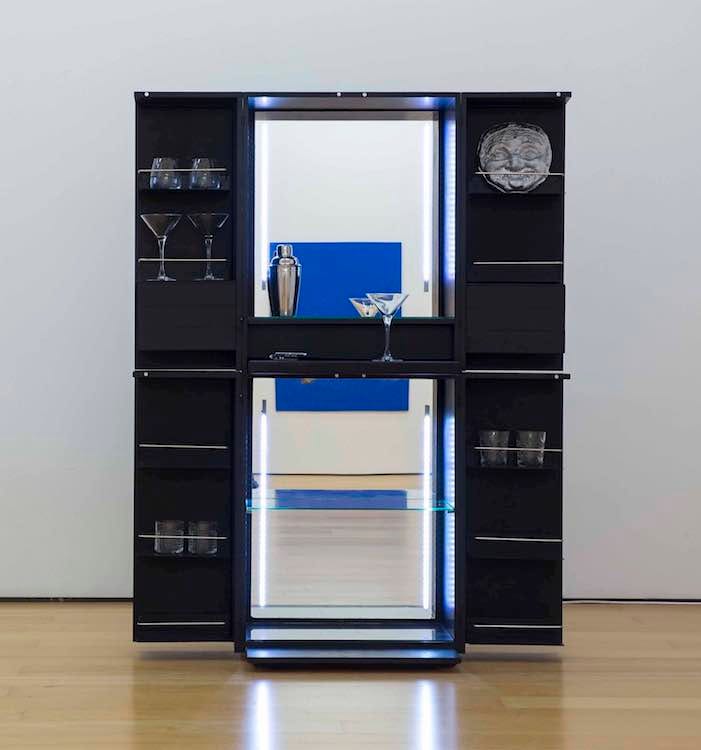
The artistic practice of Theodoros Giannakis is not articulated in well-defined bodies of work. Instead it takes form as a constant flow with no firm beginning or end, not unalike the constant flow of information we are constantly exposed to. In both his solo shows, in Eleni Koroneou Gallery in Athens in 2018 and Union Pacific in London in 2019, there is a sense that that two did not occur in sequence but in synchronicity. The works fuse into others and co-exist with what has been and what can be imagined to be. The artworks seem to be in perpetual progress, only briefly pausing to be displayed till they rematerialize in other contexts, through different iterations that allow for additions and reductions, but mostly a rethinking of their purpose, use and effect. Much like his existential ponderings that have stigmatized an entire generation that can barely remember a life before digitization, time has been rendered redundant: “the Anthropocene heralds a collapse of the distinction between geological time and human time”[7]. In his solo show Primitivism mirage, Giannakis presented a collection of paintings, sculptures and installations. The works manufactured largely with 3D reconstruction, fabrication and default machine learning algorithms retell narratives of the past, present and future in co-existence. A blending of time through recontextualized symbols and mythologies achieves an atmosphere of otherworldliness, simulating past perceptions of futurism, largely drawn from early science fiction novels with an emphasis on William Gibson’s Neuromancer. The repetition of perspective grids in Giannakis’ practice reveals the desire to achieve a continuity, a view towards what is yet to materialize and a belief in the cyclical passage of time. The video installation of a real-time rendering of the continuous alternation of night and day through endless sunsets and sunrises in front of an infinite ocean accentuate this point even if only realistically but never real.
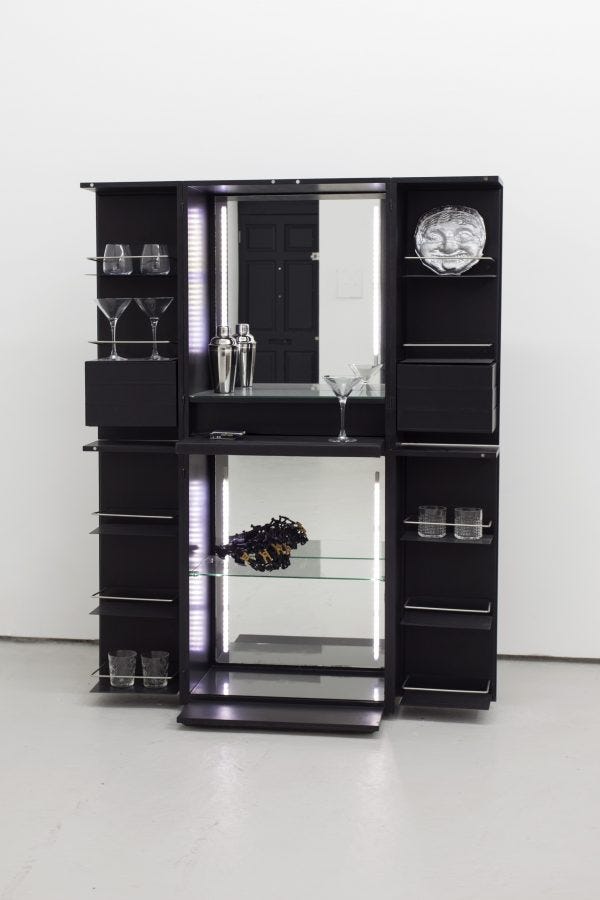
His following solo show at Union Pacific in London seemed to be a renegotiation of the previous show, fittingly entitled Always Already aka a primitivism mirage again. He repeats the phrase “always already” to himself, as if thinking out loud. It seems imperative to remind himself that this is the single solid, de facto truth to which he must constantly remember to return in order to ground his inside monologue. Always-already in phenomenological terms refers to the irreducible essence of a thing, being is always-already a given. Althusser claimed that an individual is always-already a subject, that their roles are ideologically predetermined. You get a feeling that this doctrine acts as a lifejacket for Giannakis, reassuring the plausibility of his subjectivity and releasing him from the heavy burden of what he feels to be his major responsibility: moralistic, all-encompassing objectivity as a visual artist. Always-already is a constant return to physicality and all its inherent constraints, something to wrap one’s mind around, even if only fleetingly. It allows one to refocus on the essence of things rather than ideas and meta-ideas surrounding them.
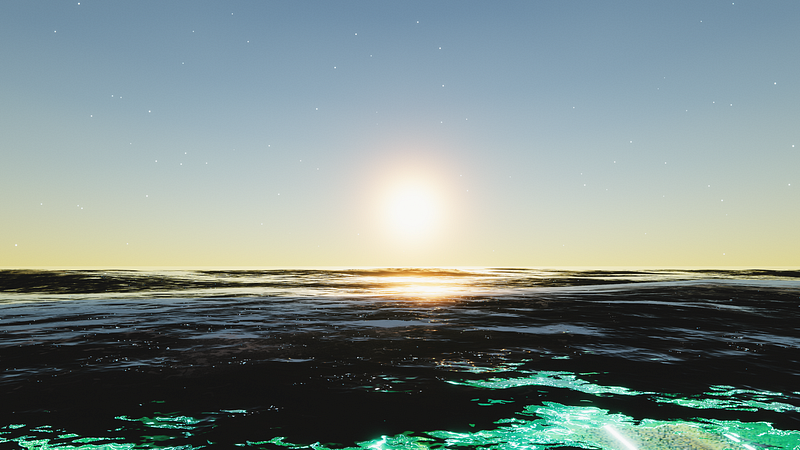
Philosophy of mind, the specialized approach to the study of the relationship between the mind and the body and the physical world is always present in the artist’s work. Various iterations of the Gorgoneion symbol, an ancient talisman said to be commonly worn by Zeus and Athena as a symbol of their descent from deities reappear. The Gorgoneion is always a representation of a, rather rare for Greek antiquity, confrontational, terrifying head, seemingly unattached to a body. In various primitive cultures, similar mask-like symbols are thought to have acted as reminders in order to scare the owner from doing something wrong. The gravitas of responsibility, the acceptance of the limitations of the genealogy of subjectivity and the need to remain in the substantial rather than the mental are in constant negotiation in the forms of Giannakis.
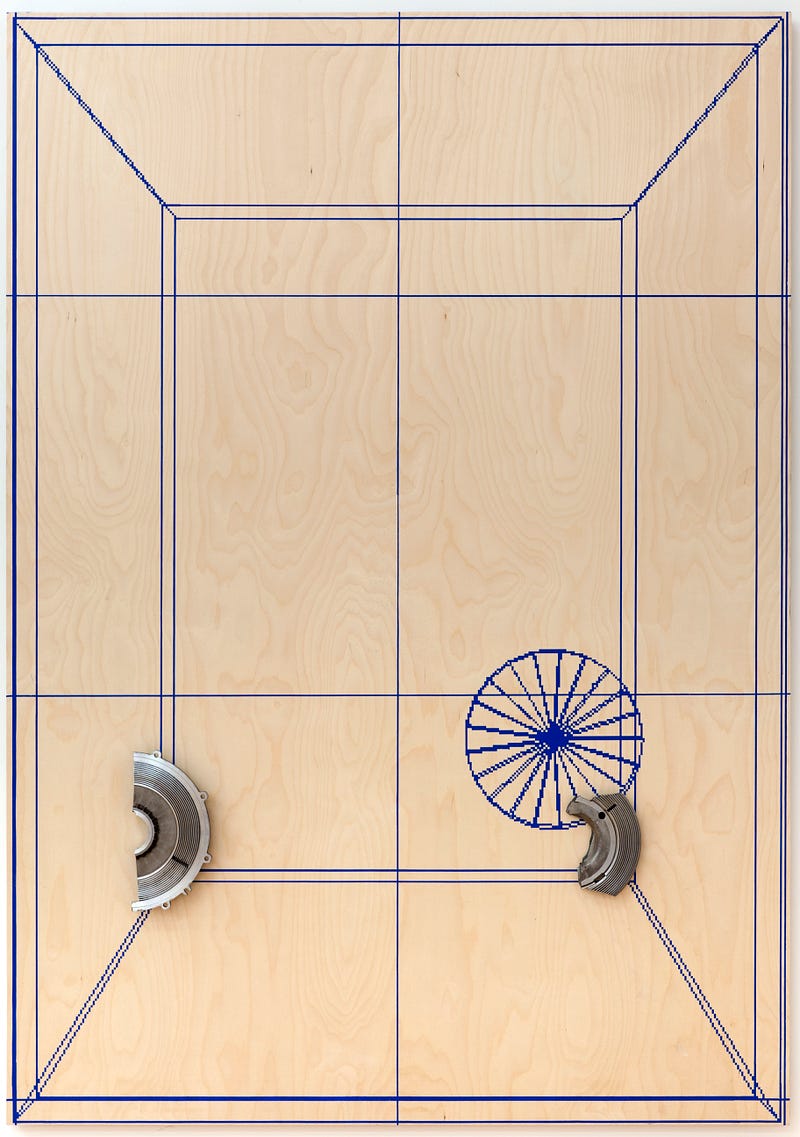
More Common Wild Flowers was published in 1948 by botanist John Hutchinson, known for his research in phylogeny of plants and the evolutionary relationships among species. Theodoros Giannakis tweaks the title of this study into More Common Mirrored Wild Flowers, 2016. The verbal addition to the title reveals part of his preoccupation concerning subjectivity and heterodefinition but the artist maintains the essence of the original’s purpose: the attempt to search for the evolved relationships between new-found species of existence. More Common Mirrored Wild Flowers references the term quantum satis, the minimum physical property necessary for any interaction. As if Giannakis is searching for what human relations can be reduced to before being redefined into a different ontology altogether. The classification reference that he carefully selected reveals the need to create a system of categorization of information, data, input, whether digital, emotional or physical. His artists books seem to be part of a much larger exploration for the artistic methodology that would allow the artist to classify and ultimately comprehend the powers at work in the creative process. More Common Mirrored Wild Flowers includes a series of short form essays that read as a stream of consciousness, interspersed by illustrations indicative of his aesthetic that seem indecipherable in a non-scientific context. Giannakis mentions that these artist books are vital to his artistic process as they act as notes in which he is drafting out his thinking. They read as a type of auto-fictional phenomenology, a study of structures of consciousness as experienced by the narrator. Phenomenology proclaims that the central structure of an experience is its intentionality, how it is addressed or directed towards something, an object. Giannakis suggests that the interesting thing about his writing is that it was not initially intended to be read by anyone, it was not therefore addressed to an object, which is what grants him the freedom for unfiltered exposure of sensual experiences.
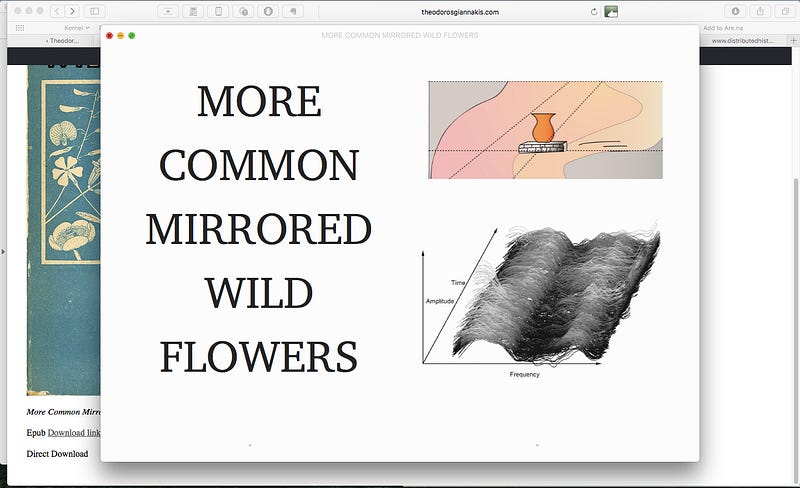
How does matter compose itself around me? the artist wonders in the essay Wild Night. In possibly the most existential of all the texts included in the book, Giannakis travels through the fragmented materiality of the urban surrounding, alluding to a new-found natural environment. Mentions of nature are interspersed in the texts, in an attempt to return to the always-already safe space. The artist concludes in his own disembodiment, a type of voluntary human extinction in a posthuman future that finally succumbs to AI takeover. The sort of annihilation that can only be caused by vast amounts of matter that clutter the mind. A type of evaporation that can only be sensed and not explained, a unification of the artist’s senses and his artwork. The distinction of senses seems to have collapsed, the capacity to transcend their limits has been achieved, aesthetics and ethics have finally merged and posthumanism has prevailed.
Evita Tsokanta is an art historian based in Athens who works as a writer, educator and an independent exhibition-maker. She lectures on curatorial practices and contemporary Greek art for the Columbia University Athens Curatorial Summer Program and Arcadia University College of Global Studies. She has contributed to several exhibition catalogues and journals and completed a Goethe Institute writing residency in Leipzig, Halle 14.
[1] Theodor G. Tzimas, More Common Mirrored Wild Flowers, epub, artist book, 2016.
[2] David Howes, Charting the Sensorial Revolution, Senses & Society, Vol. 1 Issue 1, Berg, 2006.
[3] Φαίη Ζήκα, Απορία Τέχνες και Σκέψεις Κατεργάζεται, Άγρα, 2018.
[4] David Howes, Charting the Sensorial Revolution, Senses & Society, Vol. 1 Issue 1, Berg, 2006.
[5] Yuk Hui, Cosmotechnics as Cosmopolitics, e-flux journal, Issue 86, 2017.
[6] Ibid.
[7] Interview of Yuk Hui by Giovanni Menegalle, A thousand Cosmotechnics, Research Network for Philosophy and Technology, 2018.



